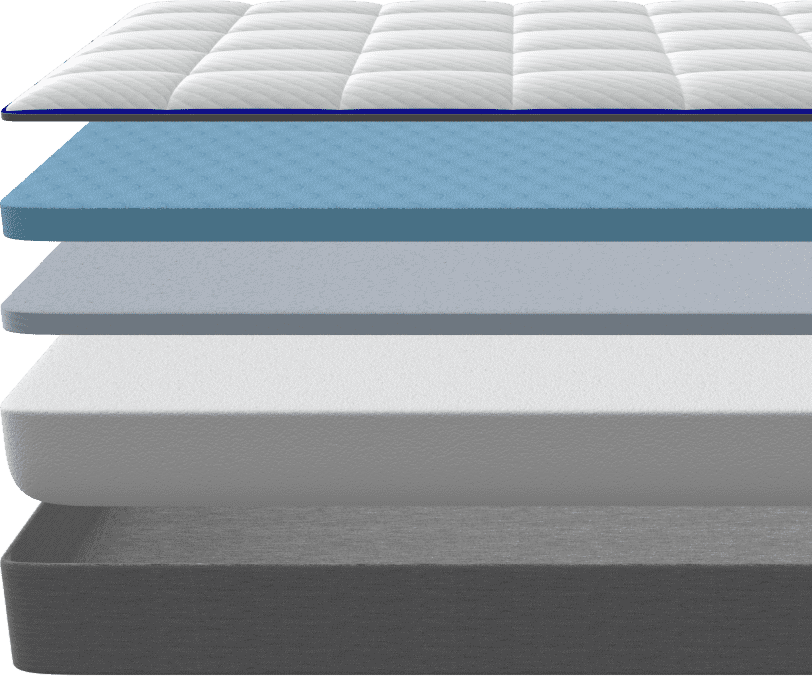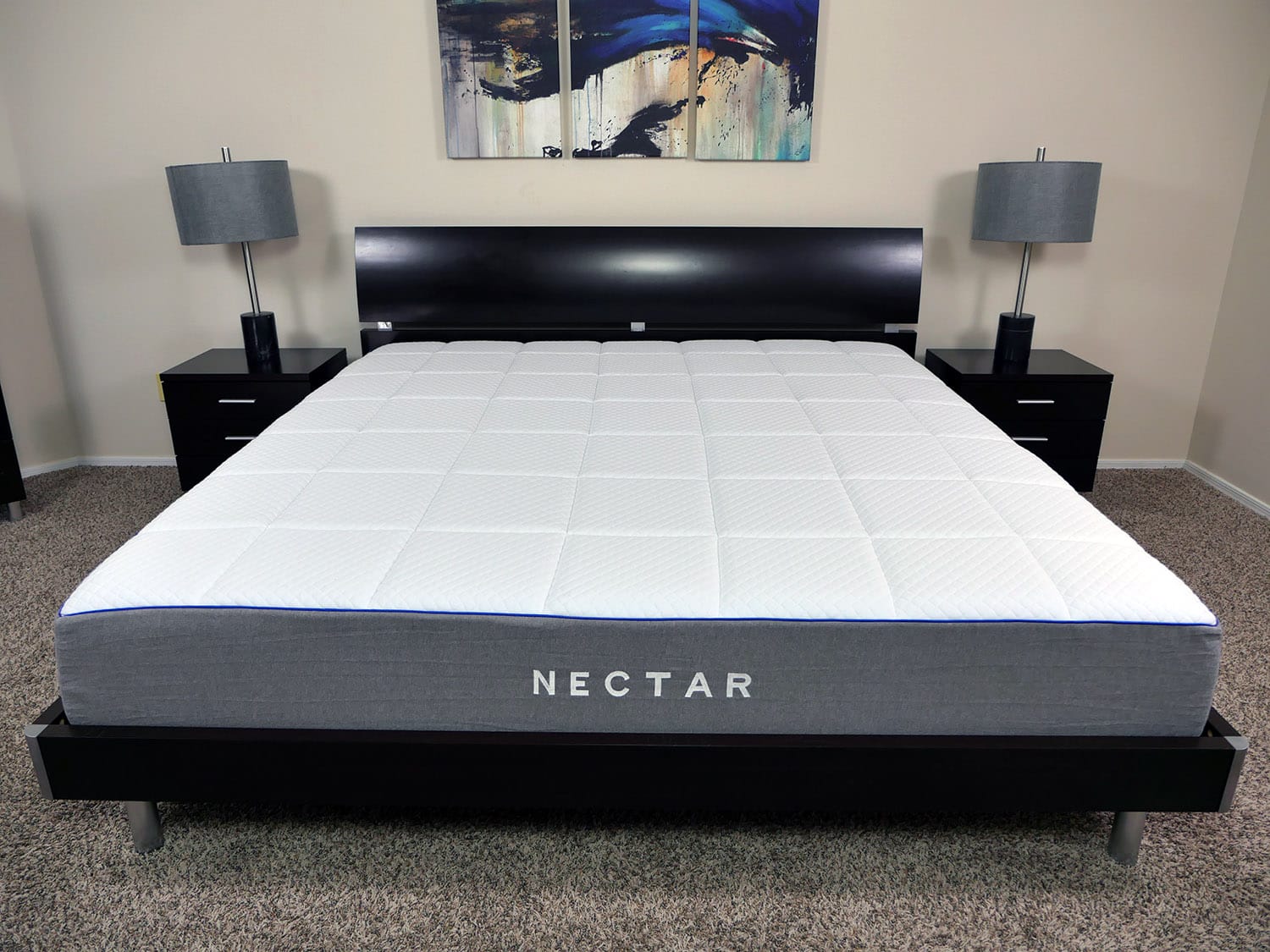

However, unlike the Nectar, this bed does not soften up as you lie on it. It initially felt softer to me when pushing into its foam layers, but when I laid on the bed it felt firmer and lifted me up. I gave the Casper a 7 out of 10 on the firmness scale. In general, I’d recommend the Nectar to any memory foam lovers looking for a cushioning feel. These folks typically prefer a firmer structure that helps them achieve a neutral spinal alignment. While this could be great for side or back sleepers who struggle with joint pain, it’s not likely to work for strict stomach sleepers. Once you sink into your Nectar it should have a plush, pressure-relieving feel. I really like the Nectar for back and side sleepers. Over time, its foams will start to conform to your body and give this bed more of a medium-soft feel.

Like most traditional memory foam mattresses, the Nectar gets softer the longer you lie on it. I put it right between medium-soft and medium-firm. This marks it as just below the industry standard of 6.5 for medium firmness.

I gave the Nectar’s initial feel a 6 out of 10 firmness scale (where 1 is super soft and 10 is ultra-firm). Therefore, my read of these beds could very well differ from your own! To do this, I’m going to focus on factors like firmness, pressure relief, bounce, and sinkage.īut before we get into that, a small note to say that all of these feel factors are inherently subjective and could change depending on one’s body size, shape, and weight. In this section, I’m going to do my best to give you a sense of how these beds feel. Nectar and Casper Mattress Feel Comparison


 0 kommentar(er)
0 kommentar(er)
